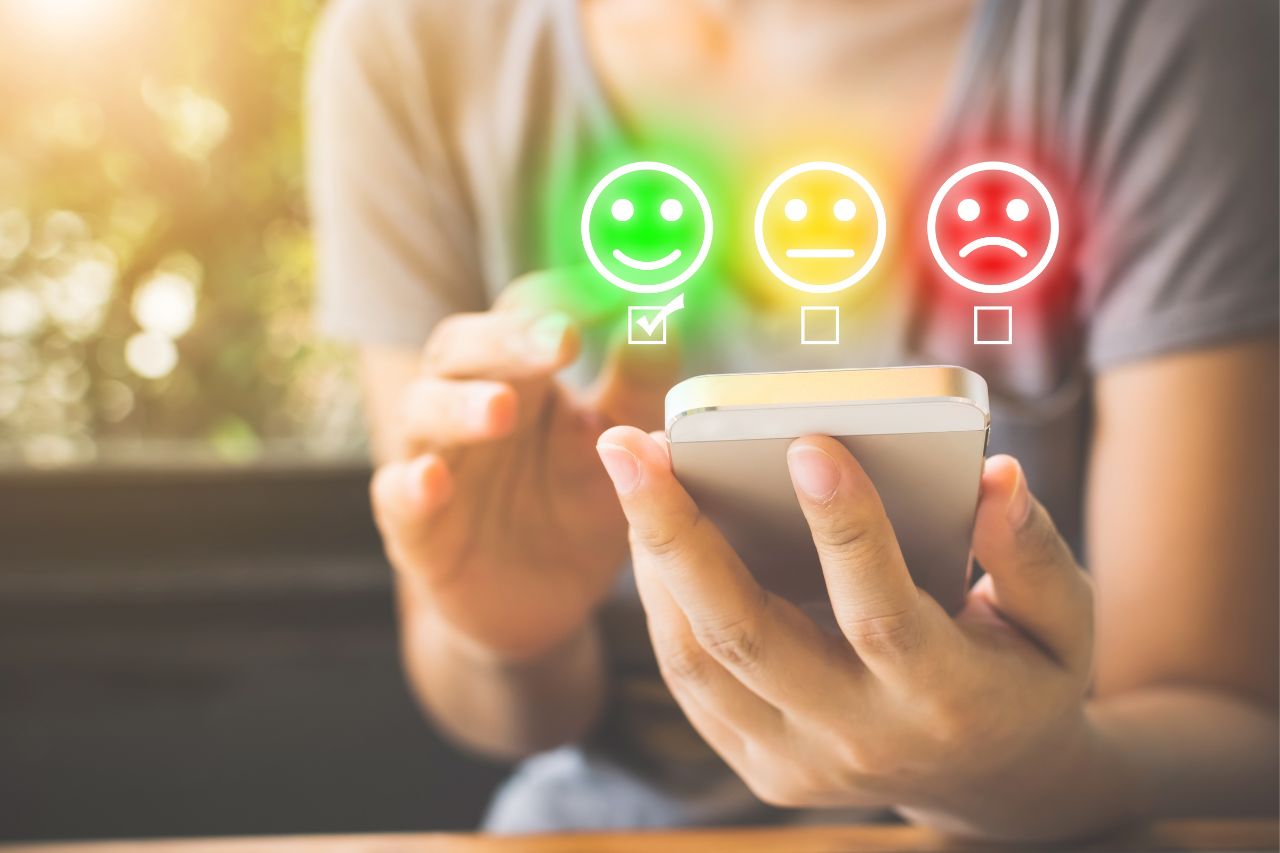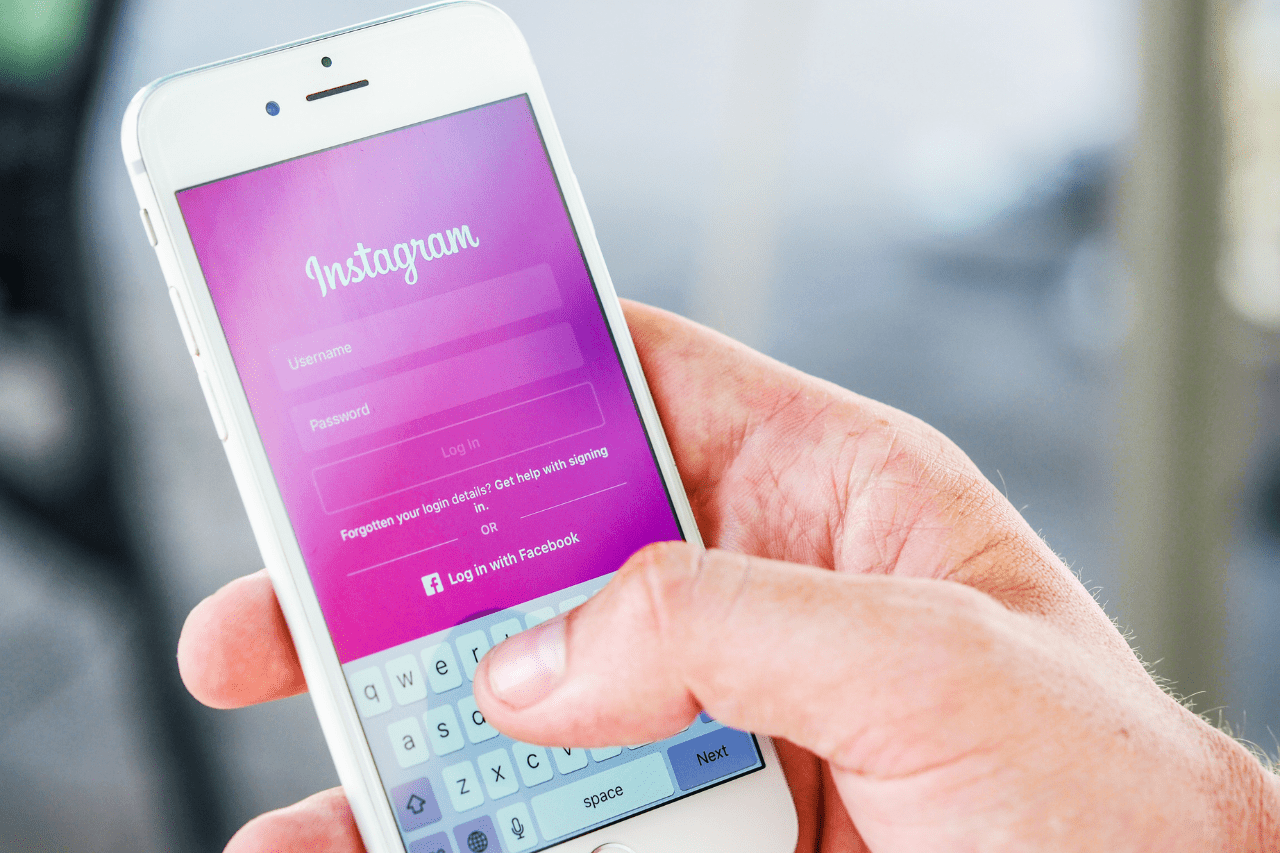Marketing icons are visual representations that stand for your brand in consumers’ minds. Marketing icons can utilize across print materials, websites, apps, and other digital campaigns.
Icons provide information with an easy visual hierarchy while saving screen space compared to text labels, making them an excellent way to design responsive websites. Species in Pieces uses relevant icons as part of its environmental conservation messaging to engage visitors.
Easily Recognizable and Memorable
Marketing icons are an effective way to capture the attention of your target audience and convey your message without needing to use words. Not only are they easily recognizable and memorable, they can help solidify your brand’s visual identity and help ensure it will stand out among competitors.
However, it’s important to keep in mind that just because an icon is easy to recognize doesn’t guarantee it will be understood by all users – this is especially relevant when representing complex processes or concepts, like e-commerce or social media management. When designing marketing icons they must be tested extensively to ensure they’re easily understandable by everyone involved in creating marketing icons.
Visually Communication Icons for Marketing
Icons can also be an effective means of communicating a message when utilized correctly on social media. For instance, if you’re hosting a contest or promotion with specific entry rules, using an icon to show them can increase engagement while driving more traffic back to your website.
We can use marketing icons to craft visually engaging infographics and presentations. We can also use them for animations of icons or graphs demonstrating progress over time. Icons can even be incorporated into videos and GIFs for maximum effectiveness.
An effective marketing icon must be clear and uncluttered, featuring clean lines with no unnecessary details. Furthermore, its style and color palette should match those used elsewhere within your branding materials for optimal effect.
Marketing icons should not only be easily recognizable and memorable but should also be legible across any medium, from print to digital. Furthermore, they should confirm to any branding guidelines established by your company; for example, if your logo uses an icon with a specific meaning in another language this information must be included when describing its significance in its icon description.
Not only is it essential that marketing icons are legible in all contexts, but it’s also crucial that they’re easy for all of your team members to use. A scalable design system such as an icon library or user-friendly templates could make this possible; when team members have access to such resources they can easily locate the marketing icons they need and incorporate them into their content without asking permission or spending hours searching.
Compatible with Your Branding and Overall Marketing Strategy
The use of icons can be an effective way of conveying your message without words, while simultaneously drawing attention and adding visual interest to marketing materials. However, it’s essential that they fit seamlessly with your overall branding and marketing strategy or they could end up confusing or diverting your target audience from what it should be seeing.
Icons should reflect your brand’s color palette and design elements. Icons should scalable so they appear great on various devices and screen sizes. It must avoid being too busy or complex. Which could prove difficult for your audience to interpret, and lastly, be tested across screens and browsers to ensure they’re clear for everybody to see without creating confusion or distractions for your target market.
Marketing Connections Through Icons
As well as quickly conveying messages, icons can also create emotional connections between brands and consumers, whether through humor, aspirational qualities, or any other factors that can sway buying decisions. Furthermore, many marketing icons have become iconic through memorable campaigns or moments that contributed to their success; one such iconic campaign was the Energizer Bunny mascot campaign which cemented his status in popular culture and made it one of the world’s best-known brands.
Icons can also play an integral part in any marketing strategy’s storytelling element, by emphasizing their brand’s history, values, and promises they can build deeper connections between consumers and your product or service and increase brand loyalty. Furthermore, iconography can serve to reinforce its story by providing visual shorthand that connects its identity and creative style.
As with any form of content creation, testing icons across various screens and browsers to ensure they’re effective and easy to comprehend is key to their effectiveness and user experience. Select one icon style to maintain consistency in appearance across your icons to reinforce brand recognition while offering a smooth user journey experience.
Effective at Communicating Your Message
Marketing icons are not only visually captivating; they also effectively communicate the ideas and values of a company in an easy-to-grasp format. Icons can help businesses meet their branding and messaging goals on multiple platforms like social media, websites, print ads, and product packaging, as seen with Nike’s iconic Swoosh which instantly conveys athleticism and strength to its target audience. Icons also capture emotions in viewers making them memorable while increasing effectiveness at inducing desired responses from consumers.
Successful marketing icons must be simple and elegant; easily identifiable at a small scale, without unnecessary details or embellishments. Furthermore, legibility should remain consistent across contexts – whether used on websites, postcards, emails, or embedded in any digital materials. Furthermore, icons should not interfere with overall design elements so must remain easily recognizable on both light and dark backgrounds.
Icons can also serve to supplement text by providing visual equivalents that make it easier for audiences to scan and interpret them. Icons can be used to break up blocks of text, add color, or evoke specific emotions. Visually appealing icons are particularly useful in email marketing. We can combine clickable buttons and social media links. For instance, Couchsurfing uses them to highlight its main features, while Coursera employs them to segment their emails more manageably.
As part of the design process for icons, it is crucial to take into account how they will use and whether scalability will be necessary. For instance, icons meant for use on websites should use web-friendly formats like jpg or png while vector files maintain quality across any size range.
Avoiding Common Icon Mistakes
Marketing icons play an integral role in user experiences, helping to communicate the brand message while simplifying navigation. If utilized appropriately, marketing icons can increase conversion rates and build trust with consumers; however, poorly designed or misused icons may confuse users and undermine a company’s credibility.
One common pitfall of designing icons is failing to account for their context of use. This can arise due to insufficient research regarding its function, intended audience, or platform or device where it will be displayed, or due to inconsistent line weights, color schemes, or styles among icons in a set.
Subtle details in an icon design can become distracting and difficult to interpret at a glance, leading to increased comprehension. By keeping its design straightforward and simplified, an icon will become easier for people with low vision to recognize and comprehend at a glance. A few basic shapes and lines may suffice to convey its concept without being confusing for viewers who require additional aids for vision impairment.
Add too many colors to an icon set and it can become disorienting for users. It is best to select only a few solid hues rather than multiple shades of each, to help the user easily distinguish each icon and reduce visual noise on their screens.
At the same time, it’s wise to avoid creating icons that resemble existing ones too closely as this can become distracting for users and cause confusion among those familiar with its predecessor.
Finally, marketing icons must remain up-to-date as this will increase their effectiveness at conveying a brand’s message and creating trust with consumers. Failing to do this can have a detrimental effect on user experience and conversion rates resulting in reduced conversions; by avoiding common pitfalls marketers can leverage marketing icons effectively and provide customers with memorable experiences.











